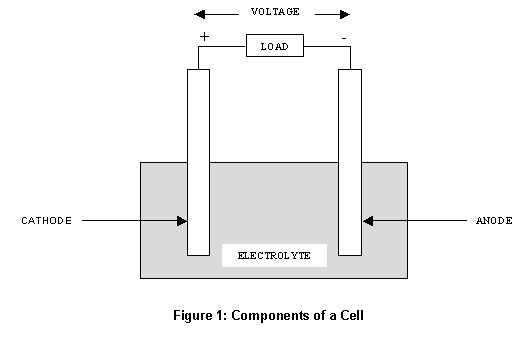A battery is a device that stores chemical energy and converts it into electrical energy to provide power for various applications. Batteries are essential in many electronic devices, vehicles, and power systems. Here’s an overview of what batteries are, how they work, their types, and their applications:
Batteries consist of one or more electrochemical cells. Each cell has three main components:
- Anode (Negative Electrode): This is the electrode where oxidation occurs, releasing electrons into the external circuit.
- Cathode (Positive Electrode): This is the electrode where reduction occurs, accepting electrons from the external circuit.
- Electrolyte: A medium that allows the flow of ions between the anode and the cathode but prevents the flow of electrons within the battery.
When a battery is connected to a device (a load), a chemical reaction occurs between the electrodes and the electrolyte. This reaction creates a flow of electrons through the external circuit, providing electrical power to the device.
Types of Batteries
Batteries can be categorized based on their chemistry and rechargeability:
- Primary (Non-rechargeable) Batteries: These are designed for single use and cannot be recharged. Examples include:
- Alkaline Batteries: These are commonly used in household items like remote controls and flashlights.
- Lithium Batteries: Used in small electronic devices like watches and calculators.
- Secondary (Rechargeable) Batteries: These can be recharged and used multiple times. Examples include:
- Lead-Acid Batteries: Used in vehicles and backup power systems.
- Nickel-Cadmium (NiCd) Batteries: Used in older rechargeable electronics.
- Nickel-Metal Hydride (NiMH) Batteries: Used in modern rechargeable electronics.
- Lithium-Ion (Li-ion) Batteries: Widely used in portable electronics, electric vehicles, and renewable energy storage systems.
Applications of Batteries
Batteries are used in a wide range of applications, including:
- Portable Electronics: Smartphones, laptops, tablets, and cameras.
- Transportation: Electric vehicles, hybrid vehicles, and scooters.
- Medical Devices: Pacemakers, hearing aids, and portable medical equipment.
- Renewable Energy: Solar and wind energy storage systems.
- Household Items: Remote controls, toys, and cordless tools.
Advancements and Future Trends
The development of battery technology is crucial for the advancement of various industries. Key areas of research and development include:
- Improving Energy Density: Increasing the amount of energy stored in a battery of a given size.
- Enhancing Safety: Developing batteries that are less prone to overheating and catching fire.
- Reducing Costs: Making batteries more affordable for widespread use.
- Sustainability: Creating environmentally friendly batteries with longer life cycles and better recyclability.
Resources
For more detailed information, you can refer to the following sources:
- Battery University
- MIT OpenCourseWare: Introduction to Batteries
- IEEE Spectrum: The Future of Battery Technology
These resources provide comprehensive explanations, technical details, and the latest advancements in battery technology.

